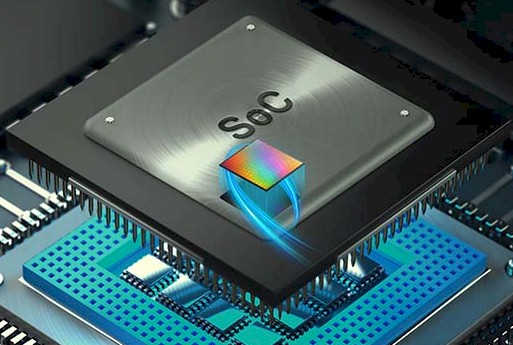
While Xilinx and Intel are the dominant suppliers of discrete FPGAs and related system on chip designs that have FPGAs at their heart, they are by no means the only providers of programmable logic in the datacenter. Achronix, which was founded in 2004 and which we have profiled at a number of our events and covered for the past several years, has its own Speedster line of discrete FPGAs. But it also sells its Speedcore FPGA intellectual property so other chip makers can embed programmable logic in their own chip designs. And this business is starting to take off, too.
The term embedded FPGA is probably going to lead to some confusion, making people think that it means putting FPGA functionality into small devices like microcontrollers for industrial or telecom or military use cases. And there is a certain amount of this in the FPGA industry, but it has usually done with smaller discrete devices put on system boards, but in a chip with a mixed architecture. But, as it turns out, embedded FPGAs are starting to be used in a number of areas now, including:
- Financial services: Custom FPGA resources connected to high performance I/O to perform algorithmic trading
- Automotive: sensor fusion, camera pixel pre-processing for things like object detection, stereo vision camera systems.
- Computational storage: for new media controllers and data compression
- Telecom: 5G digital front ends, front haul switches, beamforming, and baseband acceleration
- Defense: They will kill us if we tell you what they are doing. Use your imagination. (You can laugh now.)
To get a sense of what is going on with embedded FPGAs, we had a chat with Steve Mensor, vice president of sales and marketing at Achronix. Mensor got his bachelor’s in electrical engineering at the University of California Santa Barbara and bis MBA at Santa Clara University and then spent nearly 22 years at Altera in charge of various product lines and has been at Achronix for nearly nine years now trying to take on his bigger rivals.
We had a lot of questions for Mensor, and we of course wanted to know when system architects and chip designers consider using eFPGAs instead of discrete devices. This seems to be as interesting a choice as deciding to use an FPGA instead of an ASIC. We also wanted to know how you integrate an eFPGA into an SoC or ASIC device, particularly how the timing closure is done and how the eFPGA is verified once it is woven into the SoC or ASIC. And, of course, we also wanted to know if Mensor thought that the other FPGA makers who participate in the datacenter markets will have to follow suit and be more aggressive in promoting their eFPGA offerings – if they really have them, that is. We went off on a few tangents, too, as we tend to do.





Be the first to comment